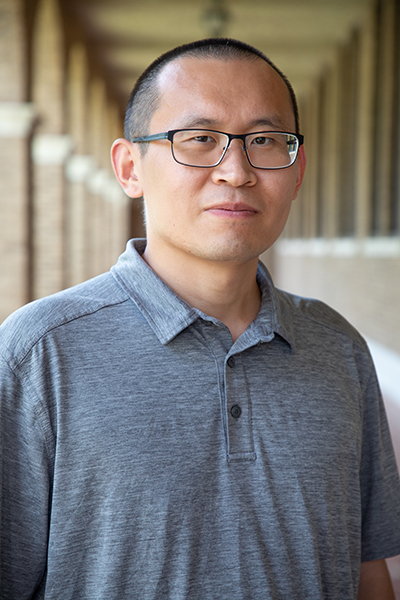Leveraging EM Side-Channel Information to Detect Rowhammer Attacks
Abstract
The rowhammer bug belongs to software-induced hardware faults, and has been exploited to form a wide range of powerful rowhammer attacks. Yet, how to effectively detect such attacks remains a challenging problem. In this paper, we propose a novel approach named RADAR (Rowhammer Attack Detection via A Radio) that leverages certain electromagnetic (EM) signals to detect rowhammer attacks. In particular, we have found that there are recognizable hammering-correlated sideband patterns in the spectrum of the DRAM clock signal. As such patterns are inevitable physical side effects of hammering the DRAM, they can "expose"any potential rowhammer attacks including the extremely elusive ones hidden inside encrypted and isolated environments like Intel SGX enclaves. However, the patterns of interest may become unapparent due to the common use of spread-spectrum clocking (SSC) in computer systems. We propose a de-spreading method that can reassemble the hammering-correlated sideband patterns scattered by SSC. Using a common classification technique, we can achieve both effective and robust detection-based defense against rowhammer attacks, as evaluated on a RADAR prototype under various scenarios. In addition, our RADAR does not impose any performance overhead on the protected system. There has been little prior work that uses physical side-channel information to perform rowhammer defenses, and to the best of our knowledge, this is the first investigation on leveraging EM side-channel information for this purpose.
BIO
Zhenkai Zhang is an assistant professor in the Department of Computer Science at Texas Tech University, where he joined in Aug. 2019. Before that, he was a research scientist at the Institute for Software Integrated Systems, Vanderbilt University. He received his Ph.D. degree in Computer Science from Vanderbilt University in Dec. 2015. His research interests primarily lie in cybersecurity, cyber-physical systems, and the intersection of these two areas.